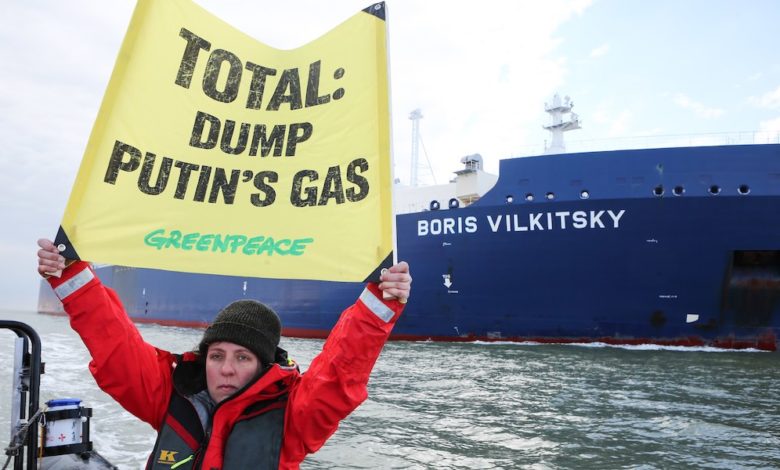You are here
How world shipping has transformed in the two years since Russia’s full-scale invasion of Ukraine
How world shipping has transformed in the two years since Russia’s full-scale invasion of Ukraine
Sam Chambers February 23, 2024 https://splash247.com/how-world-shipping-has-transformed-in-the-two-year...
Saturday marks two years since the full-scale invasion of Ukraine, a war that has dramatically changed the global seaborne map, some argue irrevocably.
Over the past 729 days, Russia has switched its shipments east, using all manner of subterfuge to keep oil and gas revenues high, while Ukraine has had to get highly creative to ensure its exports get to market.
Hitherto unheard of classification societies and flag states have leapt to prominence, greasing Moscow’s export channels, as erstwhile service providers have had to adhere to an increasing throng of sanctions.
Take the flag of Gabon, for instance. A month prior to the invasion, data from Clarksons Research shows the African nation had just 0.8m gt on its books, a figure that has grown by 287% to 3.1m gt – the register becoming a go-to for much of the shadow fleet.
Likewise, a month prior to the invasion, Clarksons data shows that 52% of the global fleet were classed by members of the International Association of Classification Societies, a figure that has slipped two percentage points in the intervening period.
Rebecca Galanopoulos-Jones, senior content analyst at Veson Nautical, said the repercussions of the war have been both “dramatic” and “irreversible”, reshaping the dynamics of maritime trade and altering the flow of commodities.
“The war in Ukraine has brought about a substantial transformation in trade routes, particularly in essential commodities such as coal and grain. These alterations have led to a significant uptick in tonne-mile demand, resulting in a notable reconfiguration of global shipping patterns,” Galanopoulos-Jones told Splash.
Looking at the tanker trades, data from Maritime Strategies International (MSI) shows that prior to the invasion, Russia was a major exporter of crude oil and petroleum products to Europe, accounting for 2.6m barrels per day of crude oil and 1.3m barrels per days of products. However, these volumes have plummeted in the wake of the conflict. Nevertheless, a considerable portion of these cargoes have found alternative destinations further afield, particularly crude oil re-routed to Asia.
Conversely, Europe has been compelled to seek alternative sources to replace the lost Russian volumes. This has led to a diversification of supply, with Europe sourcing crude oil and products from a wide range of exporters, including the Middle East, the Americas, Africa and India.
“As a result of this reshuffling, there has been a notable extension of tonne-miles for the oil tanker sector, which has helped tighten market balances across the board,” said MSI’s managing director, Dr Adam Kent.
The LNG trade map has also been transformed since Russia invaded Ukraine. Following the cessation of Russian gas imports into Europe due to the invasion, the demand for energy led to an increase in US LNG imports into Europe, displacing Asian LNG imports. This meant that LNG carrier tonne miles declined for most of 2021 and into the first half of 2022, with Asia sourcing cargoes from shorter Middle Eastern routes.
According to MSI’s Kent, this redirection has partially unwound now, in 2024, as lower aggregate LNG European imports have meant US volumes to Asia have picked up again.
“Russia’s war in Ukraine and the multifaceted conflict in the Middle East have had direct impacts on shipping, driving inefficiency and raising costs for cargo owners,” commented Mark Williams, the founder of British consultancy Shipping Strategy.
Williams said what was happening in Ukraine and the Middle East – combined with a more strident China on the scene – was just the current sharp end of the dismantling of the unipolar world order as the world returns to something more like the Great Power games of the 19th century.
“This is the 21st century Great Power game called geoeconomics and the global maritime trading system is caught right in the middle of it,” Williams said.
“Even if there were to be an overnight resolution to the conflict in Ukraine, we would not anticipate trade routes and volumes reverting to pre-invasion levels. Many importers are now seeking friendly jurisdictions with which to conclude business to reduce geopolitical risk and ongoing supply chain uncertainty,” concluded MSI’s Kent.

